- News
- City News
- lucknow News
- On World Heritage Day, Mahoba’s Sun Temple in shadow of ignorance
Trending
This story is from April 18, 2018
On World Heritage Day, Mahoba’s Sun Temple in shadow of ignorance
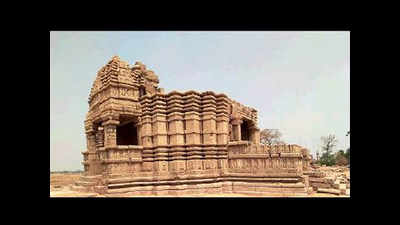
MAHOBA: Long before Narasimhadeva-1 thought about carving the magnificent Sun Temple in Konark, the Chandela kings of Central India got rocks in Bundelkhand shaped to worship the Sun. While the Konark temple belongs to the 13th century, Mahoba's Sun Temple was built even earlier, as far back as the 10th century.
The Archaeological Survey of India, which is the custodian of the monument, also acknowledges its importance."The Sun Temple is locally known as Rahiliya temple. It was constructed by Chandela king Rahil Dev Varman who ruled over Bundelkhand between 890-915 AD. Made of granite stone, its garbha grahiya was adorned with an image of the Surya. The idol was placed on a high platform and has a high adhisthan that has ornamental mouldings. The shikhar over the sanctum is tall and curvi-linear in design," describes the ASI document on the temple.

Visually stunning, the temple is located by the side of Rahil Sagar lake on the outskirts of Mahoba, which was the capital of the Chandela kingdom.
The baoli of the temple never dries up. There is a heavy flow of pilgrims during Navratri when special pujas are performed here.
ASI officials feel there is an unusual connection between the sun temples in Konark and Mahoba. "Both are made of granite. Architectural similarities are even noticed even by lay persons," said Indu Prakash Mishra, superintending archaeologist, ASI Lucknow circle.
When asked about plans to develop the site, Mishra said, "We have a limited budget but the place surely needs to be beautified. We would propose its development in the next financial year."

WHY THE KINGS WORSHIPPED THE SUN
Head of astrology department of the Rashtriya Sanskrit Sansthan, Prof Madan Mohan Pathak said that since Vedic times, worship of the Sun god brings good luck and growth in one’s professional life. Besides this, the Sun is said to govern a person's soul.
"Worshipping the Sun is a sure-shot way to keep negativity away from life. Treated as the father, the Sun god blesses its worshippers with the best in life (the way a father treats his child). The early kings worshipped the Sun to ensure that they remained in power," he explained.

QUTUBUDDIN AIBAK PLUNDERED SITE
There is no dearth of tales surrounding the temple. According to one story. Qutubuddin Aibak, founder of the Mamluk Dynasty and Delhi Sultanate, destroyed the temple.
Historians have noted that Qutubuddin Aibak attacked Bundelkhand in 1202-03 AD to establish his supremacy in the central India and besieged the Kalinger Fort where Chandela king Raja Parimal Deva lived. While the king gave a tough fight, he could not withstand the onslaught by the Muslim invaders who had stopped the water supply to Kalinger, Mahoba and Khajraho.
"The temple was destroyed in the battle," said Abhishek Bajpai, a local writer.

LOST IN IGNORANCE
While Konark is a Unesco heritage site, Mahoba's Sun Temple is struggling to attract tourists. According to statistics, the Konark Sun Temple sees an average footfall of over 22-25 lakh per year, while the entire Mahoba gets about 12 lakh tourists per annum.
The tour operators association in Bhubaneswar revealed that the Sun Temple in Konark attracts over 5,000 tourists on a given day and the number crosses 10,000 visitors per day in the peak season.
Mahoba, on the other hand, only gets domestic tourists on religious visits as it falls along the Chitrakoot route and on way to the Maihar Devi temple.
The Archaeological Survey of India, which is the custodian of the monument, also acknowledges its importance."The Sun Temple is locally known as Rahiliya temple. It was constructed by Chandela king Rahil Dev Varman who ruled over Bundelkhand between 890-915 AD. Made of granite stone, its garbha grahiya was adorned with an image of the Surya. The idol was placed on a high platform and has a high adhisthan that has ornamental mouldings. The shikhar over the sanctum is tall and curvi-linear in design," describes the ASI document on the temple.
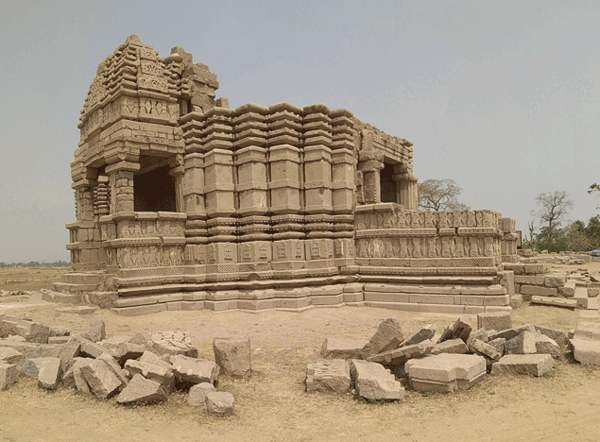
Visually stunning, the temple is located by the side of Rahil Sagar lake on the outskirts of Mahoba, which was the capital of the Chandela kingdom.
"Upon first look, we are instantly reminded of the Konark Sun Temple. Even people in Uttar Pradesh are not aware of this temple’s beauty," said Tara Patkar, a social activist in Mahoba who visits the place often to unwind.
The baoli of the temple never dries up. There is a heavy flow of pilgrims during Navratri when special pujas are performed here.
ASI officials feel there is an unusual connection between the sun temples in Konark and Mahoba. "Both are made of granite. Architectural similarities are even noticed even by lay persons," said Indu Prakash Mishra, superintending archaeologist, ASI Lucknow circle.
When asked about plans to develop the site, Mishra said, "We have a limited budget but the place surely needs to be beautified. We would propose its development in the next financial year."
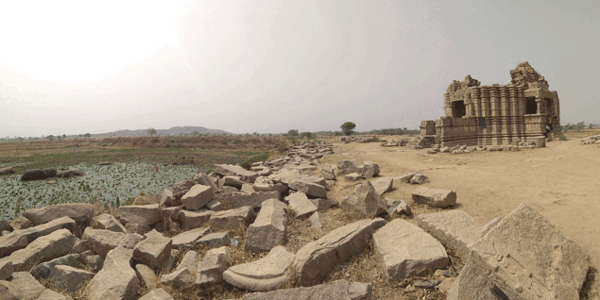
WHY THE KINGS WORSHIPPED THE SUN
Head of astrology department of the Rashtriya Sanskrit Sansthan, Prof Madan Mohan Pathak said that since Vedic times, worship of the Sun god brings good luck and growth in one’s professional life. Besides this, the Sun is said to govern a person's soul.
"Worshipping the Sun is a sure-shot way to keep negativity away from life. Treated as the father, the Sun god blesses its worshippers with the best in life (the way a father treats his child). The early kings worshipped the Sun to ensure that they remained in power," he explained.
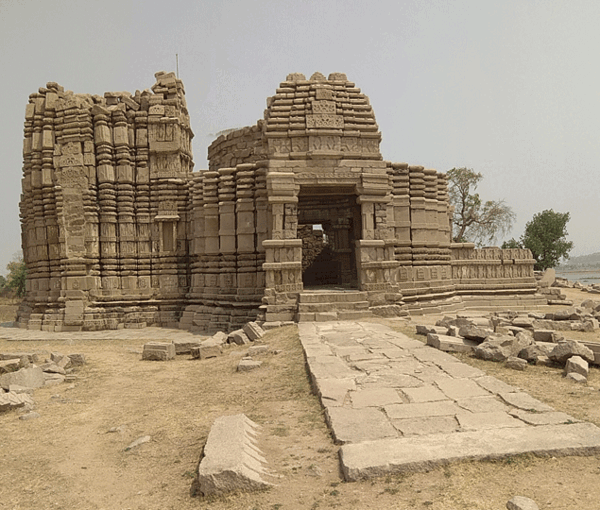
QUTUBUDDIN AIBAK PLUNDERED SITE
There is no dearth of tales surrounding the temple. According to one story. Qutubuddin Aibak, founder of the Mamluk Dynasty and Delhi Sultanate, destroyed the temple.
Historians have noted that Qutubuddin Aibak attacked Bundelkhand in 1202-03 AD to establish his supremacy in the central India and besieged the Kalinger Fort where Chandela king Raja Parimal Deva lived. While the king gave a tough fight, he could not withstand the onslaught by the Muslim invaders who had stopped the water supply to Kalinger, Mahoba and Khajraho.
"The temple was destroyed in the battle," said Abhishek Bajpai, a local writer.
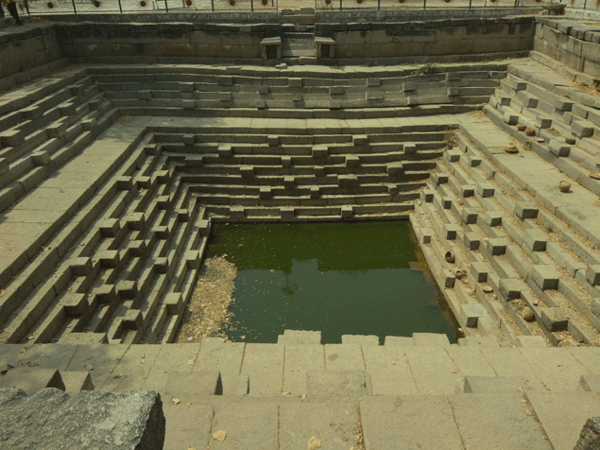
LOST IN IGNORANCE
While Konark is a Unesco heritage site, Mahoba's Sun Temple is struggling to attract tourists. According to statistics, the Konark Sun Temple sees an average footfall of over 22-25 lakh per year, while the entire Mahoba gets about 12 lakh tourists per annum.
The tour operators association in Bhubaneswar revealed that the Sun Temple in Konark attracts over 5,000 tourists on a given day and the number crosses 10,000 visitors per day in the peak season.
Mahoba, on the other hand, only gets domestic tourists on religious visits as it falls along the Chitrakoot route and on way to the Maihar Devi temple.
End of Article
FOLLOW US ON SOCIAL MEDIA










